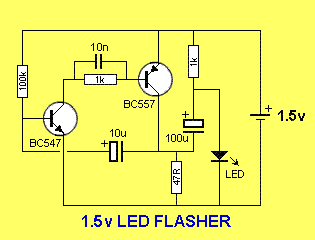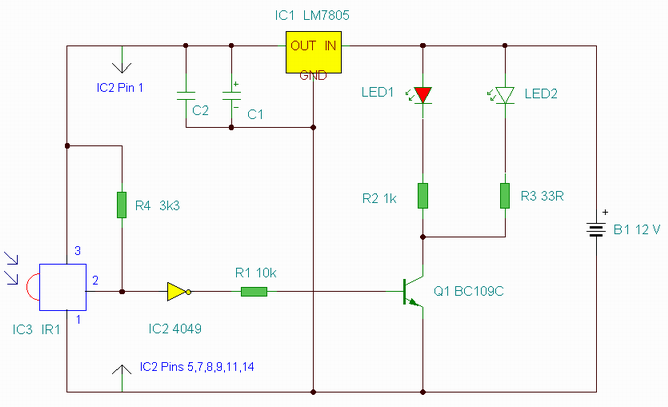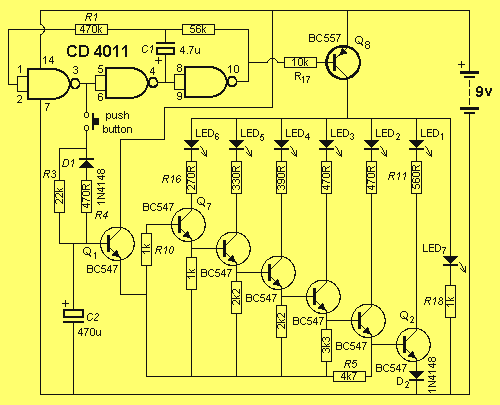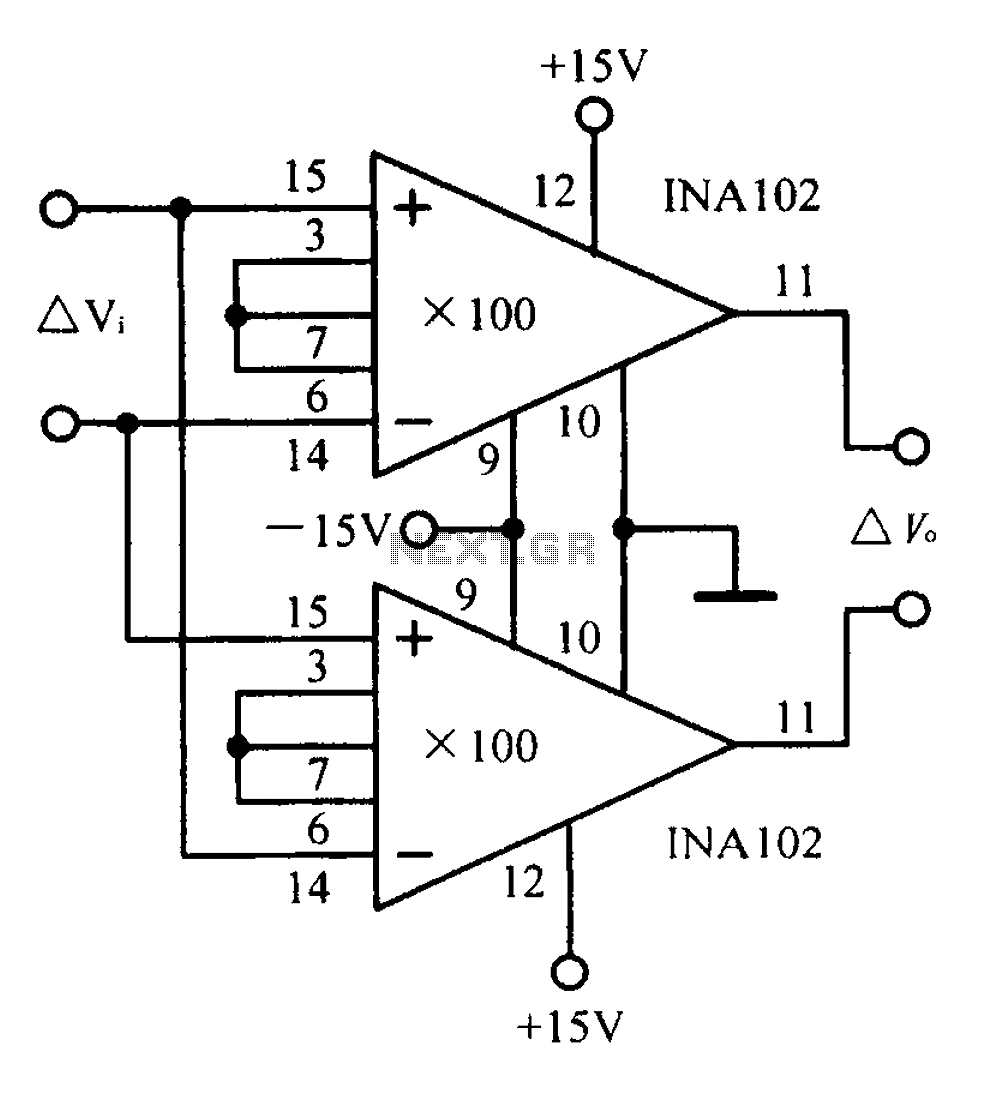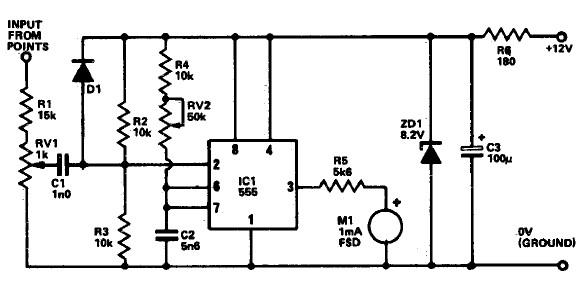
voltage double circuit with timer ic
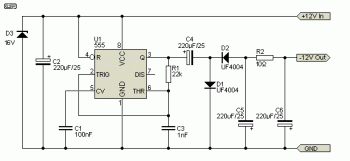
This is a voltage doubling circuit built using the well-known timer IC 555. The circuit is straightforward and easy to construct. The construction is not critical. Rectifier diodes should be ultrafast (such as UF4004 or similar), or 1N4148 signal diodes can be used. Using signal diodes may result in slightly higher losses, while Schottky diodes could be considered, although their use is not necessary in such a simple circuit. The zener diode serves to protect the circuit against transient overvoltage and is optional.
The voltage doubling circuit utilizing the 555 timer IC operates on the principle of generating a higher output voltage from a lower input voltage. The 555 timer is configured in astable mode to produce a square wave output, which is then used to charge and discharge capacitors, effectively doubling the input voltage.
The circuit design typically includes the following components:
1. **555 Timer IC**: This is the core of the circuit, generating the necessary oscillation to facilitate voltage doubling.
2. **Capacitors**: Two capacitors are employed in the circuit. The first capacitor charges to the input voltage, while the second capacitor, connected in such a way as to form a voltage divider, provides the output voltage that is approximately double the input.
3. **Rectifier Diodes**: Ultrafast diodes (e.g., UF4004) are preferred due to their low forward voltage drop and quick recovery time, minimizing losses during the switching process. Signal diodes (1N4148) can be used as a cost-effective alternative, although they may introduce slightly higher losses. Schottky diodes, while having even lower forward voltage drops, are not essential for this simple application.
4. **Zener Diode**: An optional component that can be included in the circuit to clamp the output voltage and protect against transient overvoltage conditions. This ensures the circuit components are safeguarded from potential damage due to voltage spikes.
The circuit's simplicity allows for easy assembly, and it can be adapted for various applications requiring a higher voltage output from a stable lower voltage input. The choice of diodes and capacitors can be adjusted based on the specific requirements of the application, such as load current and desired efficiency. Overall, this voltage doubling circuit is a practical solution for applications needing increased voltage without complex circuitry.This is a voltage double circuit which build using well-known timer IC 555. The circuit is very simple, and is easily to build. Construction is not crucial. Rectifier diodes should be ultrafast (UF4004 or similar), or you can use 1N4148 signal diodes. Losses will be slightly higher if you use signal diodes, or lower if you wanted to go to the trou ble of using Schottky diodes - the latter are not warranted in such a simple circuit (IMO). The zener diode is to protect the circuit against transient overvoltage, and is optional. 🔗 External reference
The voltage doubling circuit utilizing the 555 timer IC operates on the principle of generating a higher output voltage from a lower input voltage. The 555 timer is configured in astable mode to produce a square wave output, which is then used to charge and discharge capacitors, effectively doubling the input voltage.
The circuit design typically includes the following components:
1. **555 Timer IC**: This is the core of the circuit, generating the necessary oscillation to facilitate voltage doubling.
2. **Capacitors**: Two capacitors are employed in the circuit. The first capacitor charges to the input voltage, while the second capacitor, connected in such a way as to form a voltage divider, provides the output voltage that is approximately double the input.
3. **Rectifier Diodes**: Ultrafast diodes (e.g., UF4004) are preferred due to their low forward voltage drop and quick recovery time, minimizing losses during the switching process. Signal diodes (1N4148) can be used as a cost-effective alternative, although they may introduce slightly higher losses. Schottky diodes, while having even lower forward voltage drops, are not essential for this simple application.
4. **Zener Diode**: An optional component that can be included in the circuit to clamp the output voltage and protect against transient overvoltage conditions. This ensures the circuit components are safeguarded from potential damage due to voltage spikes.
The circuit's simplicity allows for easy assembly, and it can be adapted for various applications requiring a higher voltage output from a stable lower voltage input. The choice of diodes and capacitors can be adjusted based on the specific requirements of the application, such as load current and desired efficiency. Overall, this voltage doubling circuit is a practical solution for applications needing increased voltage without complex circuitry.This is a voltage double circuit which build using well-known timer IC 555. The circuit is very simple, and is easily to build. Construction is not crucial. Rectifier diodes should be ultrafast (UF4004 or similar), or you can use 1N4148 signal diodes. Losses will be slightly higher if you use signal diodes, or lower if you wanted to go to the trou ble of using Schottky diodes - the latter are not warranted in such a simple circuit (IMO). The zener diode is to protect the circuit against transient overvoltage, and is optional. 🔗 External reference
